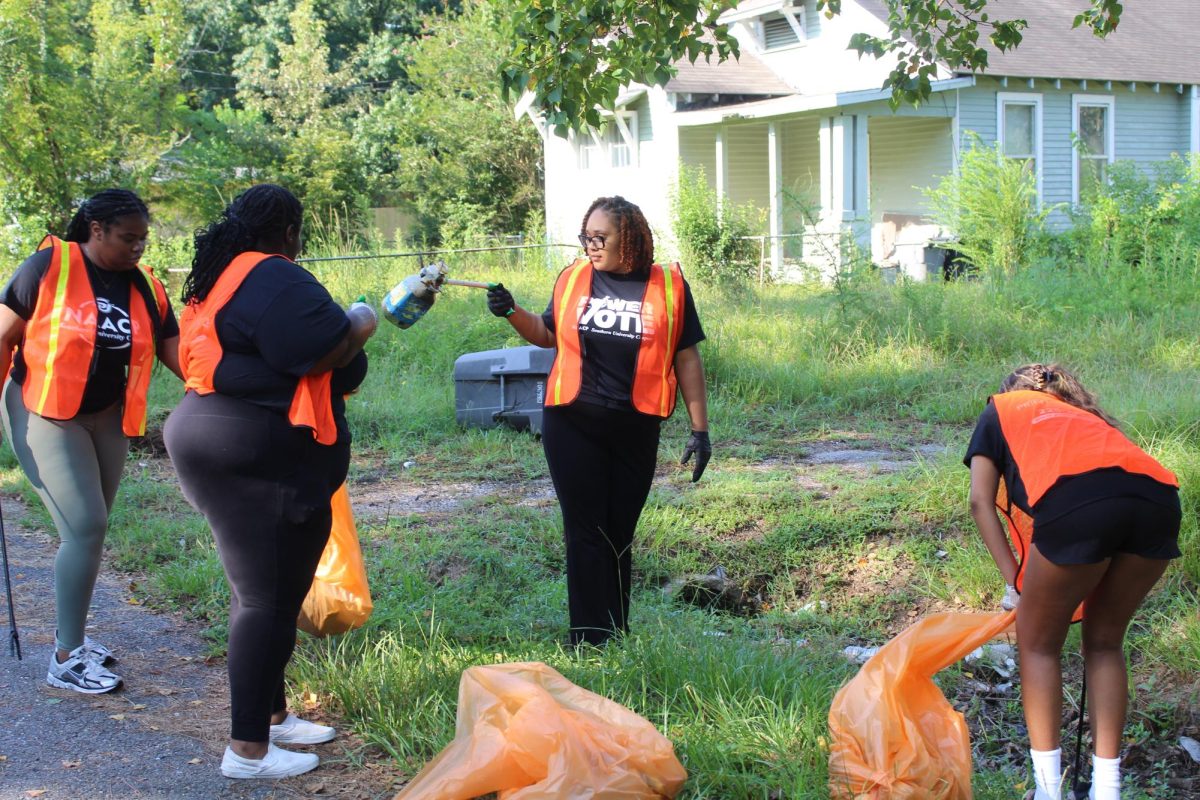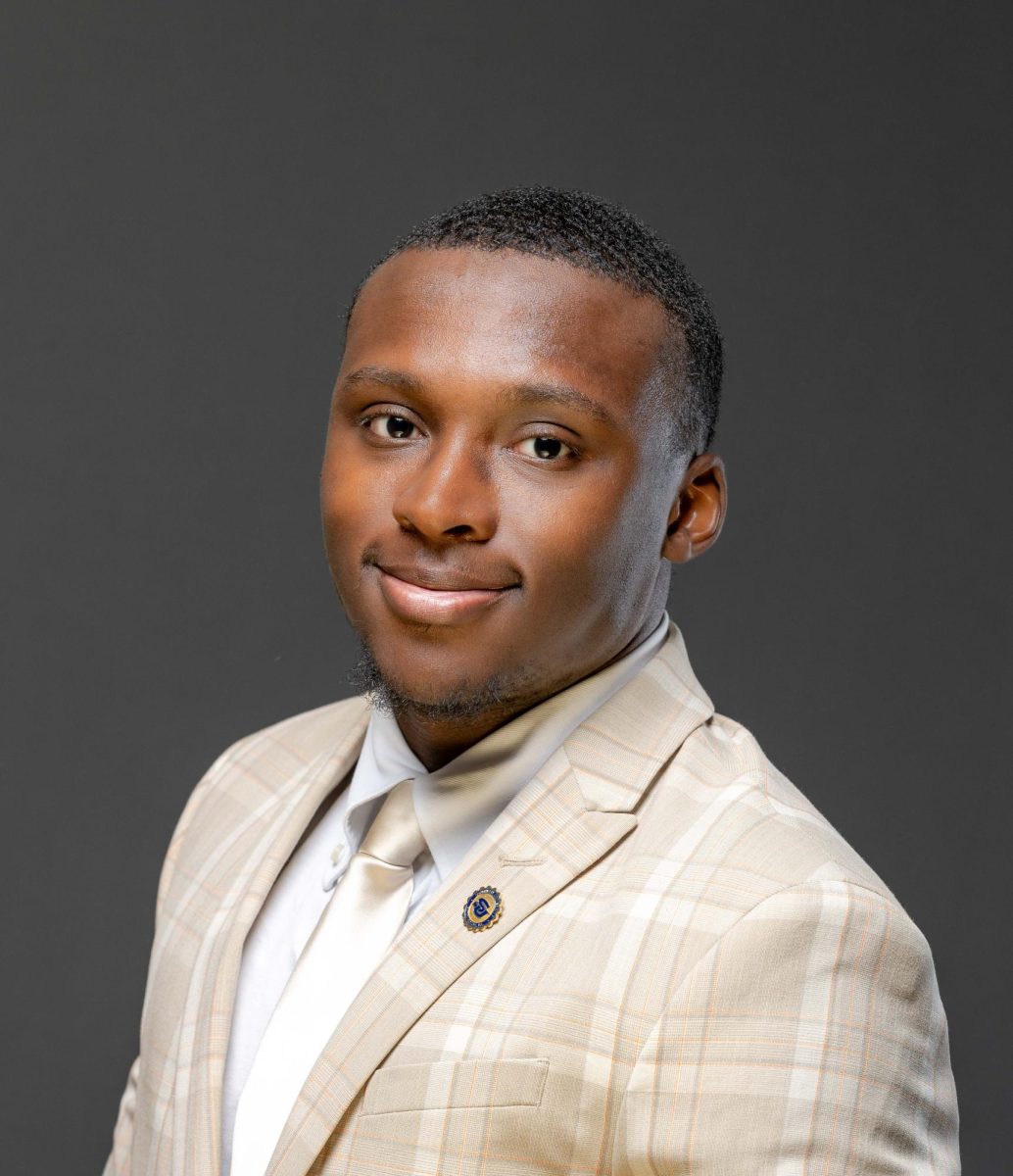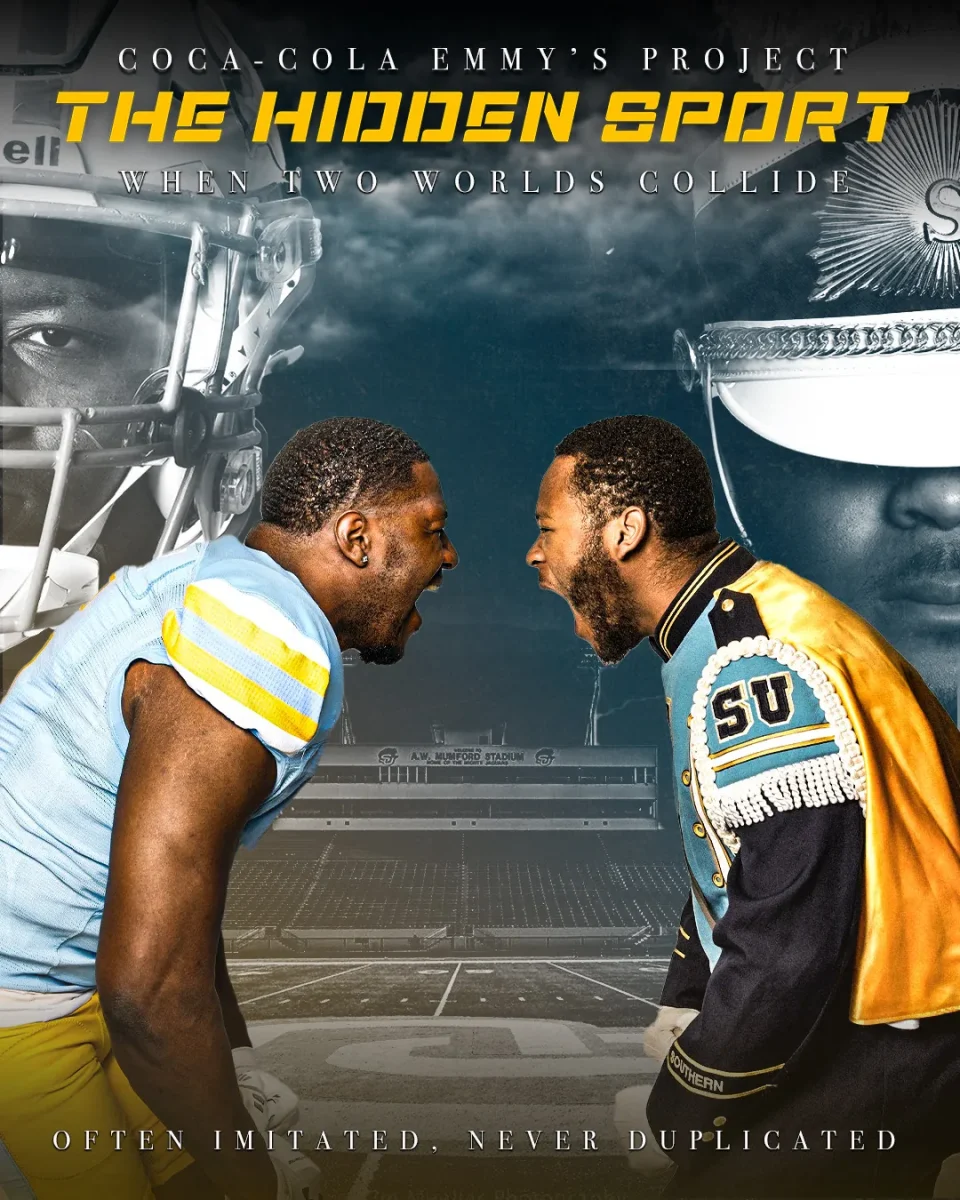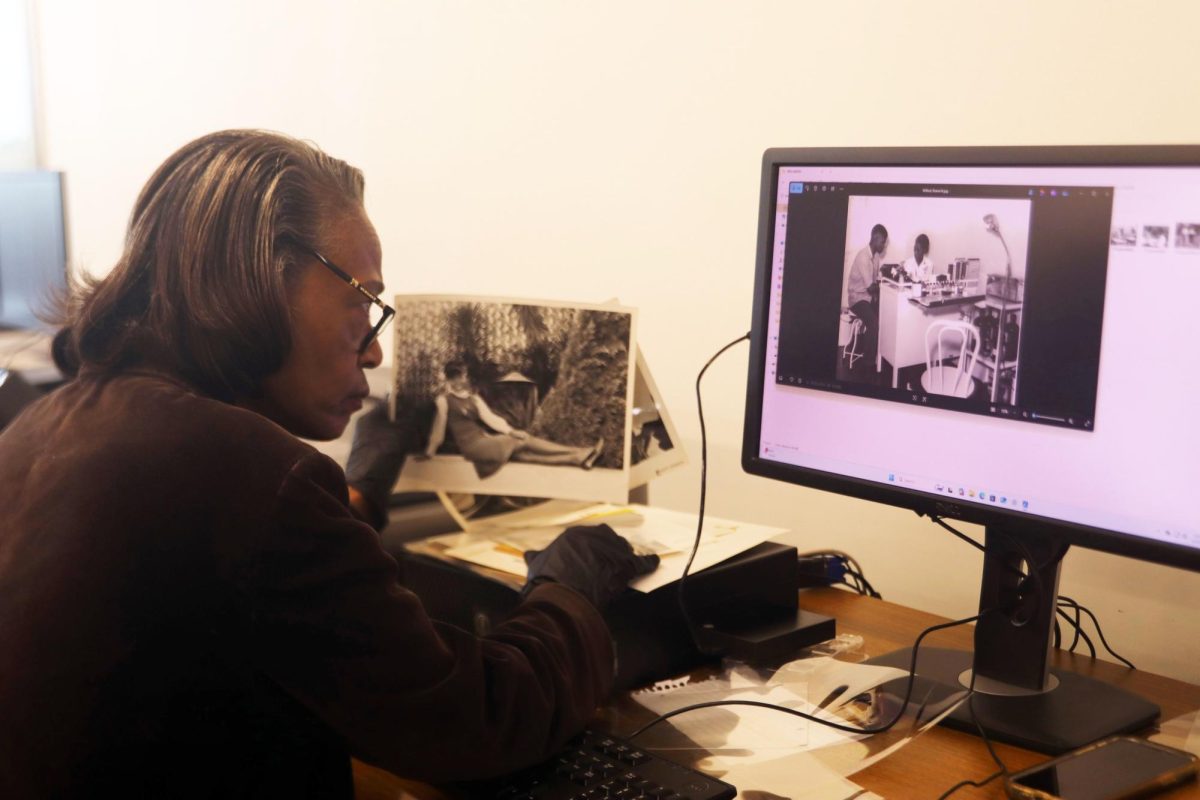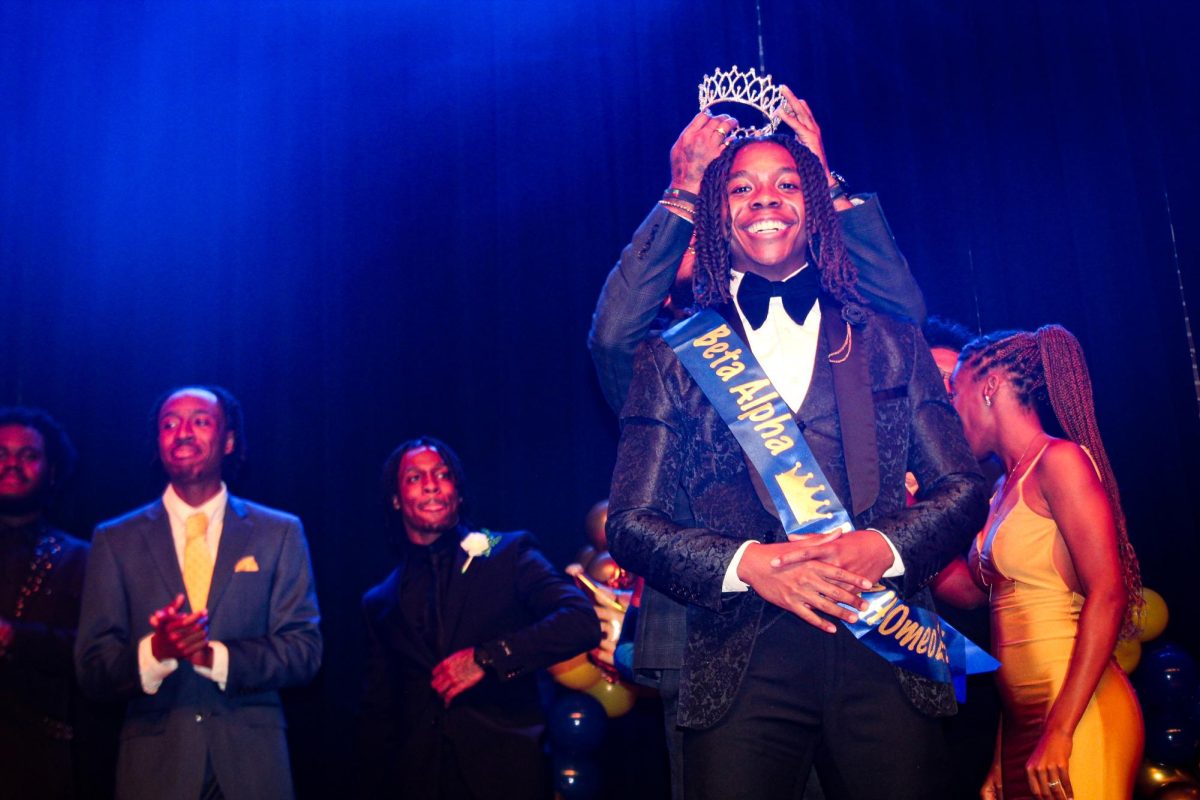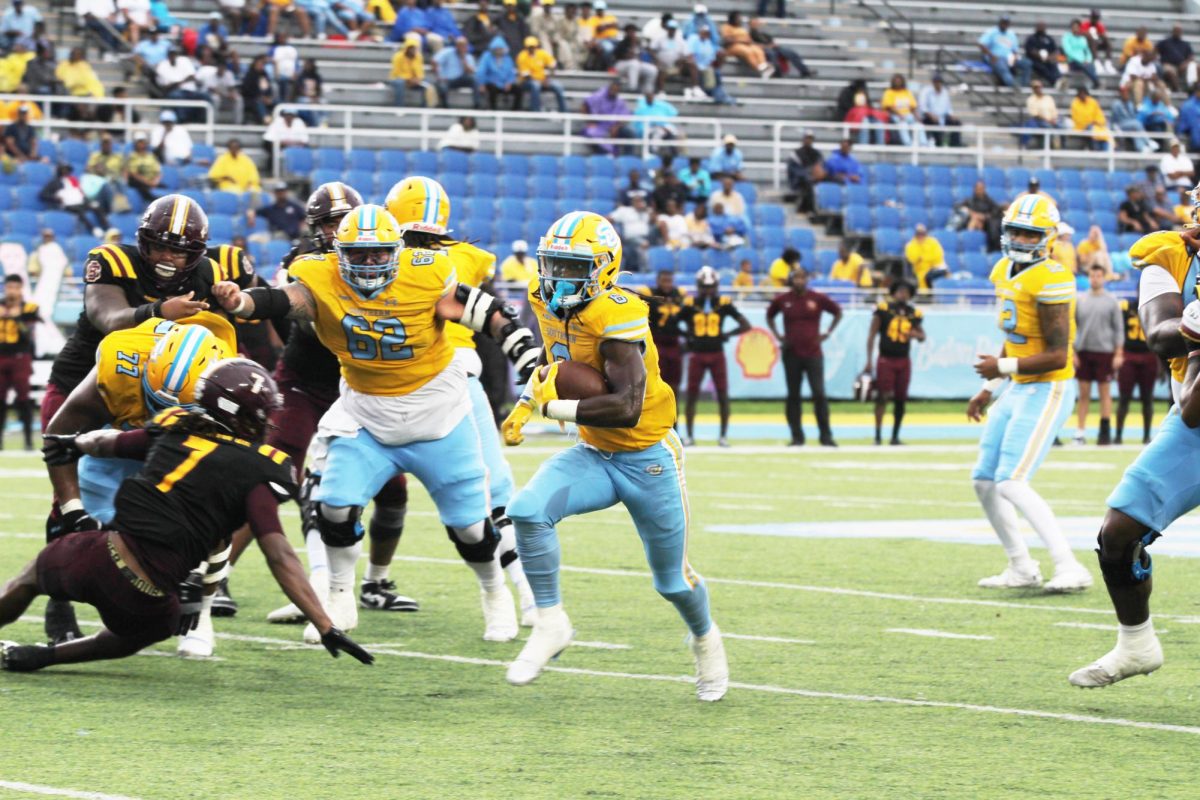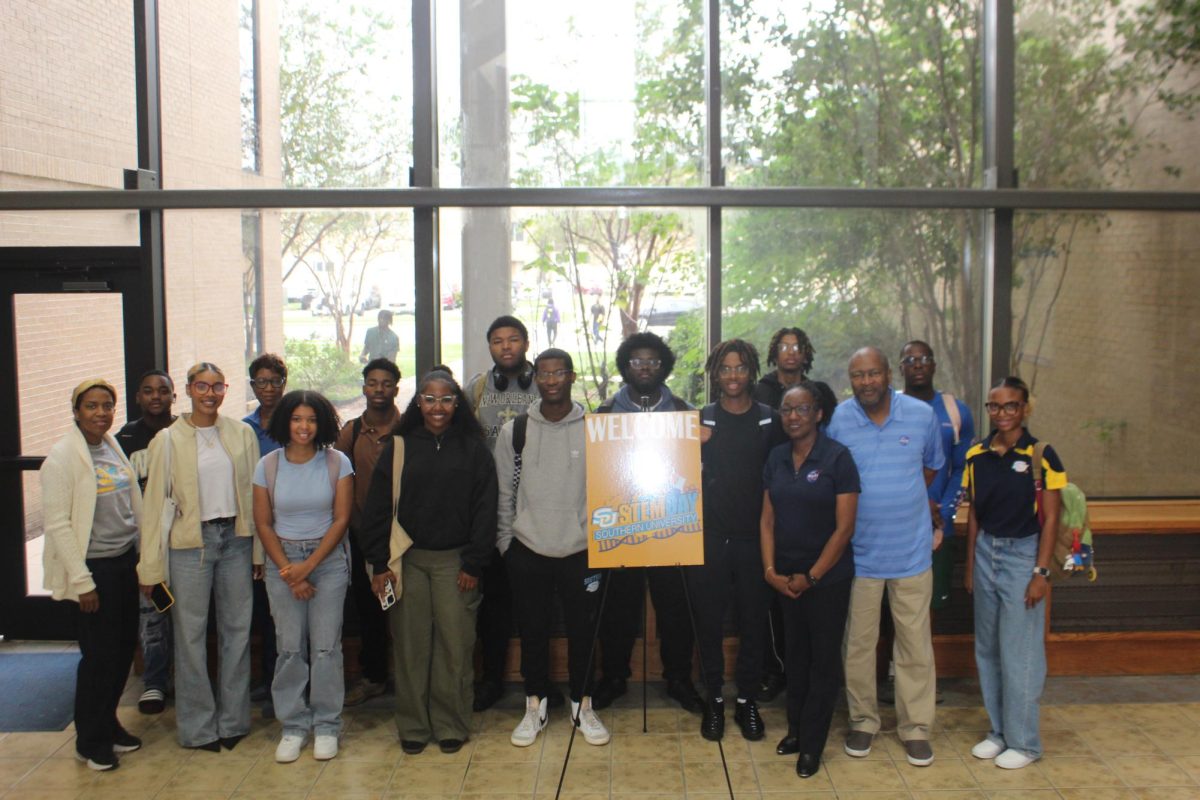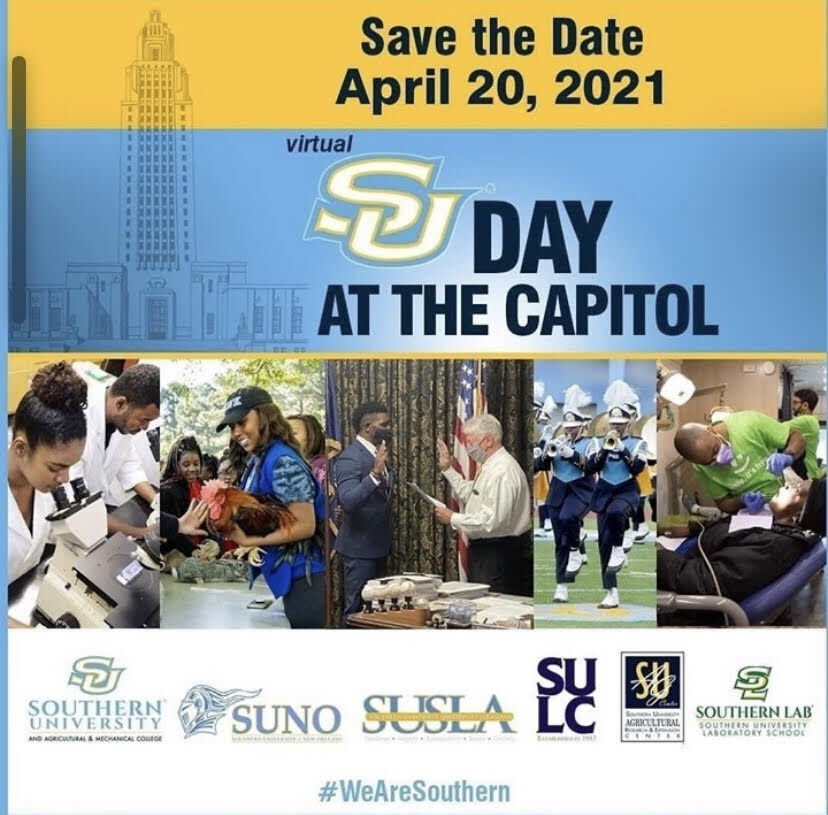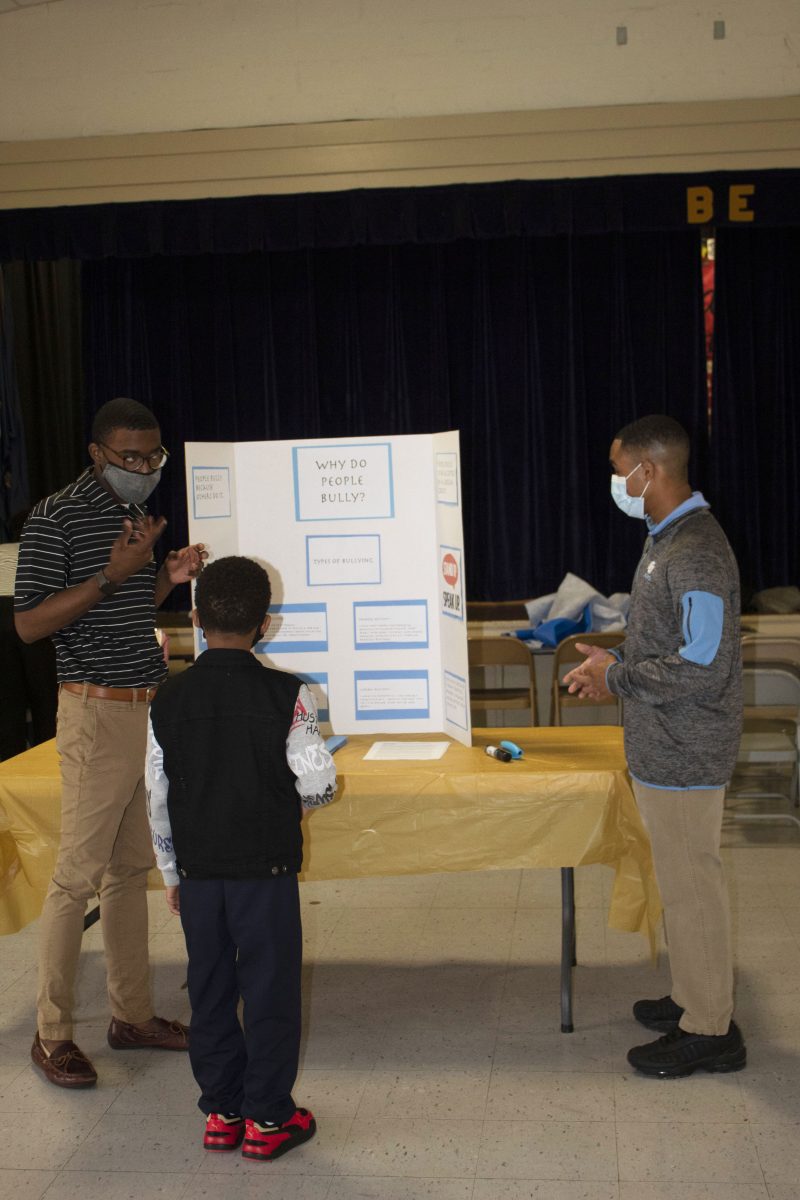Everyone at least one time in their life has experienced microaggression, even when they did not know it. A microaggression is a brief and commonplace daily verbal, behavioral, or environmental indignity, whether intentional or unintentional, that communicates hostile, derogatory, or negative attitudes toward stigmatized or culturally marginalized groups. In simpler terms, it is the intentional or unintentional verbal, behavioral, or environmental insults towards a minority—culture, race, gender (specifically women), or religion.
On Friday, April 9th, Southern University Law Center hosted a virtual symposium via Zoom talking about microaggression and implicit bias within the society from homes to the classroom, to work environments. Guest speakers were Attorney LaToya Burrell and Dr. Shandra Forrest-Bank. These women spoke on their experience with microaggression in the workplace, how to recognize it, and how to respond to it professionally.
Examples of microaggression and implicit bias may be if one Hispanic girl in Spanish class and the teacher calls on her, assuming she knows Spanish because of her ethnic background. Another example is a woman in a male workspace. Her boss and coworkers do not seek advice or help from her because they figure she does not know anything since she is a woman. This is an everyday occurrence in one environment or another.
Microaggression comes in many different forms. When it comes to race and colorism, a common phrase is, “You speak well for a Black person” or “You’re pretty for a Black girl.” If a woman is driving an Audi or is wearing name-brand clothing, the typical question as a microaggression is, “What does your husband do?” or “What do your parents do?”, as if the woman cannot afford it herself. In the workplace, a Black, Hispanic, or gay man may not be given the same task as a white or straight man based on the mere fact that the boss may feel like he cannot manage it.
Some people do not believe in microaggression and if they do, they do not see themselves as the micro aggressor. Granted, some people are uneducated in microaggression and do not know what not to say or do. They do not realize their words or actions may be offensive to someone of a specific race or culture. Those who do not believe microaggression exists may not be ready to address it or acknowledge that it is an issue. Dr. Shandra Forrest-Bank explains that “…white people who are usually my audience…who I’m trying to educate about this, go straight to denying that microaggressions happen and defending their own actions or believing defiantly that they don’t participate in racism.” One can give advice, resources, and try to enlighten someone of the issue but they may not be willing to accept it. Attorney Burrell says, “Even if you lead that horse to the water, you can’t make them drink.”
There are a few ways to respond to microaggression without seeming aggressive. Attorney Burrell quoted Michelle Obama saying, “When they go low, we go high.” One way to respond to microaggression is to answer a question with a question but in a passive way. One must be aware of their tone and the way they form the question to not seem hostile. This especially applies to black people considering they are stereotyped as aggressive. Questions you can respond with are, “May you elaborate?”, “Can you give an example?”, or “May you restate the question?” Doing this will give the aggressor time to understand what they said or did was wrong.
Ways to avoid being the micro-aggressor is to understand the different stereotypes associated with other races, religions, and ethnic groups. One may say or do something that is okay to one race but is offensive to another. Being educated on this matter will not only make minorities feel less of a target but will also bring them joy knowing that someone understands the problem.
Categories:
SULC host virtual symposium
April 13, 2021
0
More to Discover
